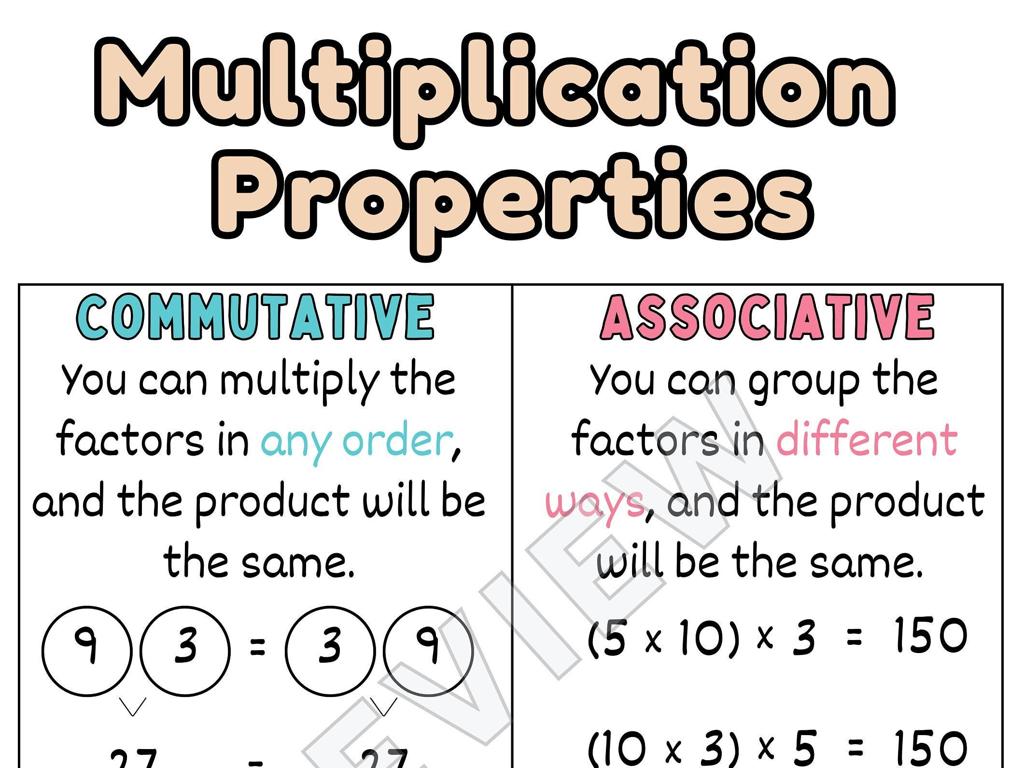Identify Participles And What They Modify
Subject: Language arts
Grade: Eighth grade
Topic: Verb Tense And Mood
Please LOG IN to download the presentation. Access is available to registered users only.
View More Content
Understanding Participles in English Grammar
– Define participles in grammar
– A participle is a form of a verb used as an adjective, e.g., ‘barking’ in ‘barking dog’.
– Explore functions of participles
– They describe nouns or pronouns, adding detail and depth to sentences.
– Examine verb tenses and moods
– Verb tenses indicate time of action; mood expresses speaker’s attitude.
– Participles as adjectives
– Understand how participles modify nouns, e.g., ‘The broken window’.
|
This slide introduces the concept of participles and their role in English grammar, which is a key component of understanding verb tenses and moods. Begin by defining participles and explaining how they function as adjectives to modify nouns and pronouns. Provide examples to illustrate how participles add detail to sentences. Discuss the different verb tenses (past, present, future) and moods (indicative, imperative, subjunctive, conditional) to give students a broader context of how participles fit into the larger framework of English grammar. Emphasize the importance of recognizing participles to enhance writing skills. Encourage students to identify participles in sentences and consider how they change the meaning and mood of the sentence.
Understanding Participles
– Define a participle
– A verb form used as an adjective, e.g., ‘barking’ in ‘barking dog’
– Present vs. Past participles
– Present: ending in -ing (e.g., ‘swimming’). Past: usually ending in -ed (e.g., ‘baked’)
– Participles as adjectives
– Describe nouns, e.g., ‘The running water’ or ‘a baked cake’
|
This slide introduces the concept of participles to students, explaining their dual role as both verbs and adjectives. Begin with the definition of a participle, emphasizing its use as an adjective to modify nouns and pronouns. Highlight the two types of participles: present participles, which end in -ing and indicate ongoing action, and past participles, which often end in -ed and refer to completed actions. Provide examples for each to illustrate how they describe or modify nouns, such as ‘running’ in ‘running water’ or ‘baked’ in ‘a baked cake’. Encourage students to identify participles in sentences and discuss what they modify to reinforce their understanding.
Understanding Present Participles
– Forming present participles
– Add ‘-ing’ to a base verb: ‘run’ becomes ‘running’
– Examples in sentences
– ‘The running water was cold.’ – ‘running’ describes ‘water’
– Identifying what they modify
– Present participles modify nouns or pronouns
– Practice with participles
– Find and explain participles in sample sentences
|
This slide introduces present participles to students, emphasizing their formation by adding ‘-ing’ to verbs. Provide clear examples of present participles within sentences to illustrate how they function as adjectives, modifying nouns or pronouns. Encourage students to identify the noun or pronoun modified by the participle. To reinforce learning, engage students in identifying present participles in additional sentences and discuss what they modify. This practice will help students recognize the role of participles in adding detail and complexity to sentences.
Understanding Past Participles
– Forming past participles
– Add ‘-ed’ to regular verbs to form past participles, e.g., ‘talk’ becomes ‘talked’
– Irregular verb participles
– Irregular verbs have unique past participles, e.g., ‘run’ becomes ‘run’
– Past participles in sentences
– ‘The broken window’, ‘broken’ describes the window
– What do participles modify?
– Participles act as adjectives, modifying nouns or pronouns
|
This slide introduces the concept of past participles and how they are used in sentences. Start by explaining that for regular verbs, past participles are formed by adding ‘-ed’ to the base form. However, irregular verbs follow no specific pattern and must be memorized. Provide examples of past participles used within sentences to show how they function as adjectives, modifying nouns or pronouns. Emphasize that understanding the role of participles helps in recognizing and constructing more complex sentence structures. Encourage students to practice by identifying past participles in sentences and determining which words they modify.
Participles in Action
– Underline participles in sentences
– Identify verbs ending in -ing or -ed in sentences
– Discuss participle modifications
– Participles describe or modify nouns/pronouns, e.g., ‘The running water…’ modifies ‘water’
– Group activity: Find participles
– In groups, highlight participles in a provided paragraph
– Understand participle usage
|
This slide is aimed at helping students identify and understand the role of participles in sentences. Begin by explaining that participles are verbs that act as adjectives, modifying nouns or pronouns. They usually end in -ing (present participle) or -ed (past participle). Have students practice by underlining participles in example sentences. Discuss how these participles modify the nouns or pronouns they are associated with. For the group activity, provide a paragraph and ask students to find and highlight all the participles. This will reinforce their understanding of how participles function within a text. Encourage students to explain why they identified certain words as participles to ensure comprehension.
Your Turn: Identify the Participles
– Exercise: Find sentence participles
– Determine what participles modify
– Does the participle describe a noun or pronoun?
– Share answers with classmates
– Reflect on the learning process
– Think about how participles add detail to sentences
|
This slide is designed as an interactive class activity to help students practice identifying participles and understanding their function within a sentence. The exercise involves analyzing sentences to find the participles and then determining which noun or pronoun each participle is modifying. After students have completed the exercise individually, they will share their answers with the class, fostering a collaborative learning environment. As a teacher, facilitate the discussion by confirming correct answers and clarifying any misunderstandings. Encourage students to reflect on how participles enhance descriptions and add depth to the text. Possible activities include working in pairs, creating sentences with participles, or finding participles in a piece of literature they are currently reading.
Class Activity: Crafting Sentences with Participles
– Write sentences with participles in pairs
– Use both present and past participles in your sentences
– Swap sentences with another pair for feedback
– Review the sentences and the participles used
– Discuss the participles used in class
– Share what you noticed about the participles
– Understand how participles modify nouns
– Learn how participles provide more details about nouns
|
This activity is designed to reinforce the students’ understanding of participles and their function in sentences. By working in pairs, students will engage in collaborative learning, creating sentences that include both present and past participles. After writing their sentences, they will exchange with another pair to review and provide feedback, which encourages peer learning. The class discussion will allow students to present their sentences, discuss the role of participles, and how they modify nouns, providing more detail and clarity to the sentence. The teacher should guide the discussion, ensuring that each pair has the opportunity to share and receive constructive feedback. The teacher can also provide examples and clarify any misconceptions about participles during the discussion.
Review and Wrap-Up: Understanding Participles
– Recap: What are participles?
– Participles are verbs acting as adjectives, e.g., ‘running water’.
– Functions of participles in sentences
– They modify nouns, providing more details about them.
– Importance of identifying participles
– Recognizing participles improves sentence structure and comprehension.
– Homework: Craft a short story
– Include at least five participles to describe actions or states.
|
As we conclude, let’s review the key concepts about participles. Remember, participles are verb forms used as adjectives to modify nouns or pronouns. Understanding how participles function in a sentence allows for more descriptive and precise language. Identifying participles and what they modify is crucial for sentence variety and clarity. For homework, students will write a short story incorporating at least five participles, which will help them apply their knowledge creatively. Encourage students to think about how participles can add depth to their storytelling. In the next class, we’ll discuss some of these stories to highlight the use of participles in writing.






